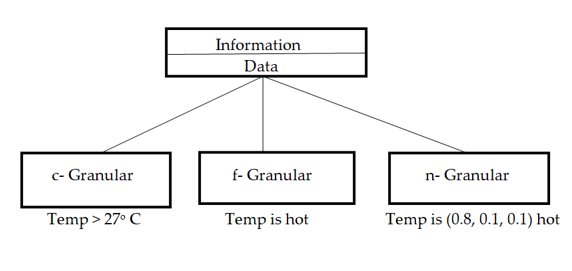Towards a Computational Theory of Perceptions under Neutrosophic Environment
Main Article Content
Abstract
Computing and reasoning with perceptions in AI are shifting from traditional methods to those that mimic human cognitive processes. Humans intuitively measure and evaluate without explicit computations, using sensory input and past experiences for quick judgments. The theory of perceptions can enhance AI's ability to replicate human-like assessment by providing a framework for handling the nuances of human reasoning. Traditionally, information granularity is either crisp (c-granular) or fuzzy (f-granular), focusing on measurement-based and perception-based information. This paper outlines a neutrosophic-based computational theory of perceptions (n-CTP), introducing neutrosophic granular (n-granular) information and neutrosophic constraint-centered semantics of natural languages (n-CSNL). Based on the neutrosophy theory, which deals with truth, falsity, and indeterminacy, managing uncertainties and vagueness in real-world data can be done more effectively than with traditional methods. The n-CTP has the potential to enhance AI's ability to process and reason with complex, uncertain, and ambiguous information.
Downloads
Article Details

This work is licensed under a Creative Commons Attribution 4.0 International License.





